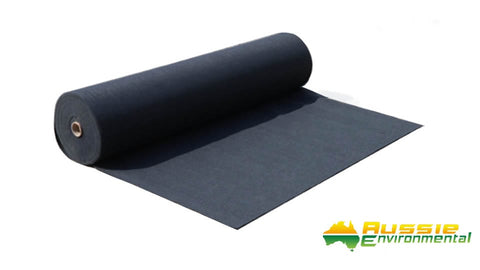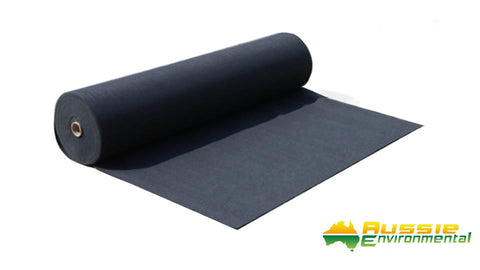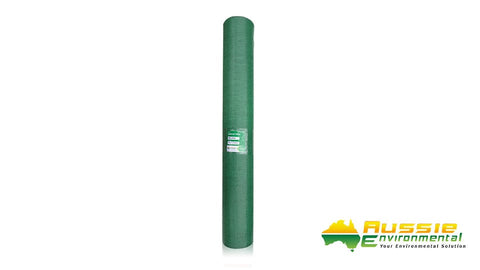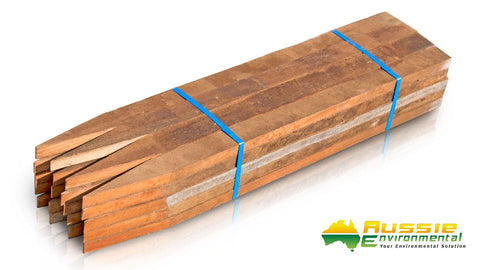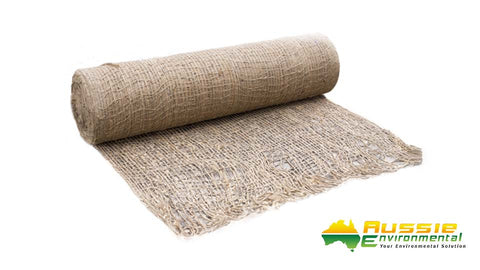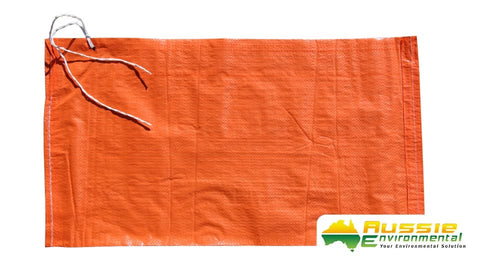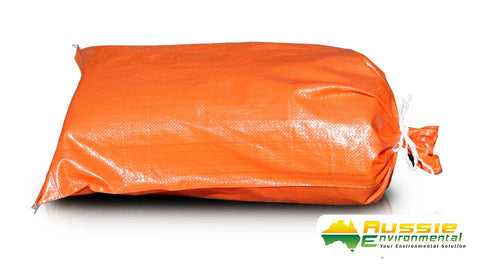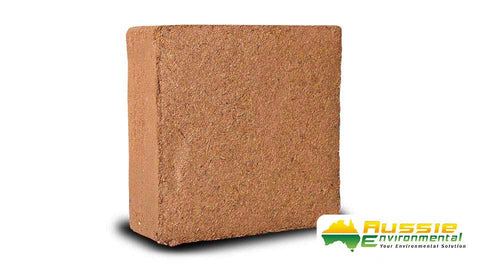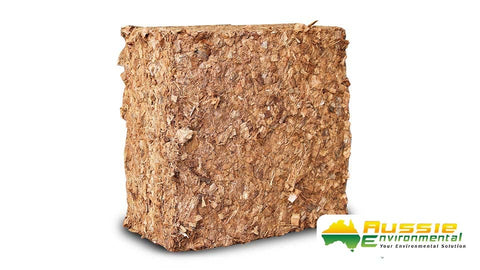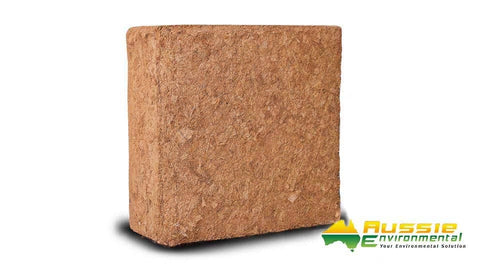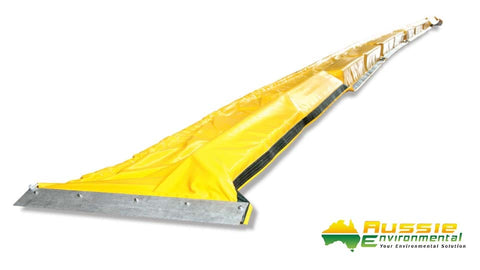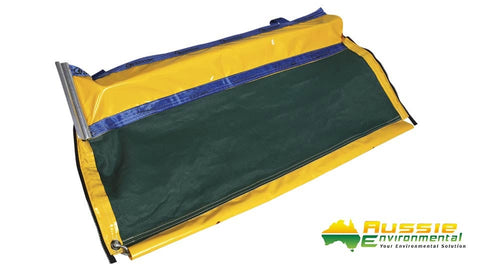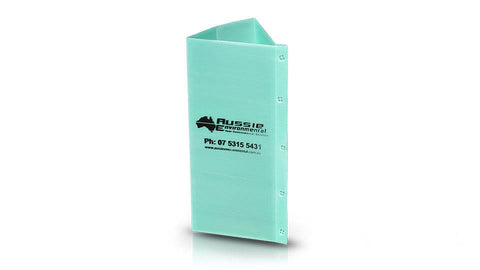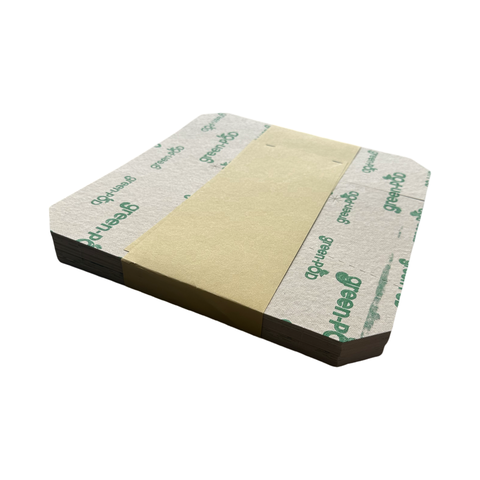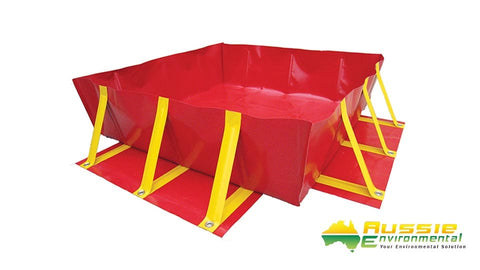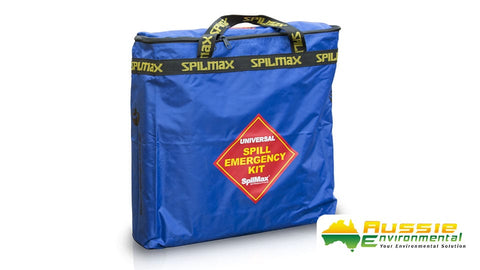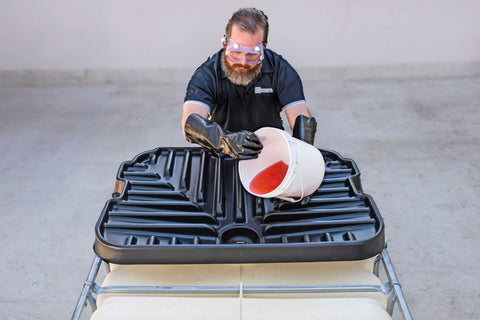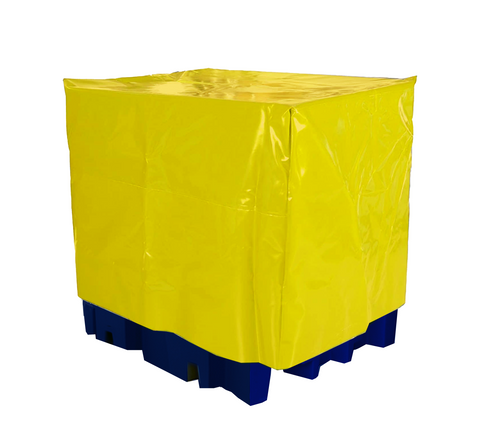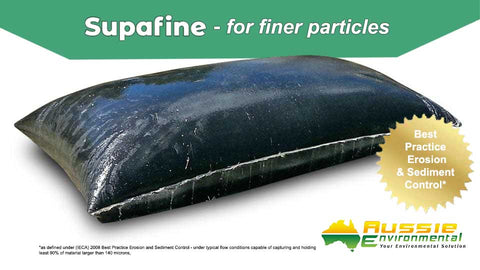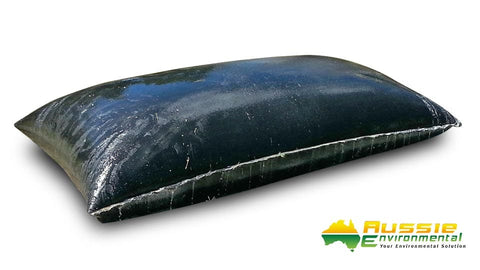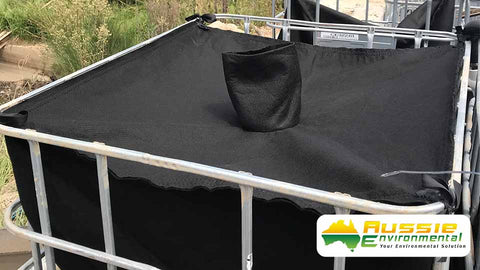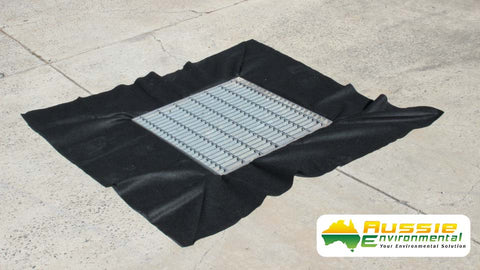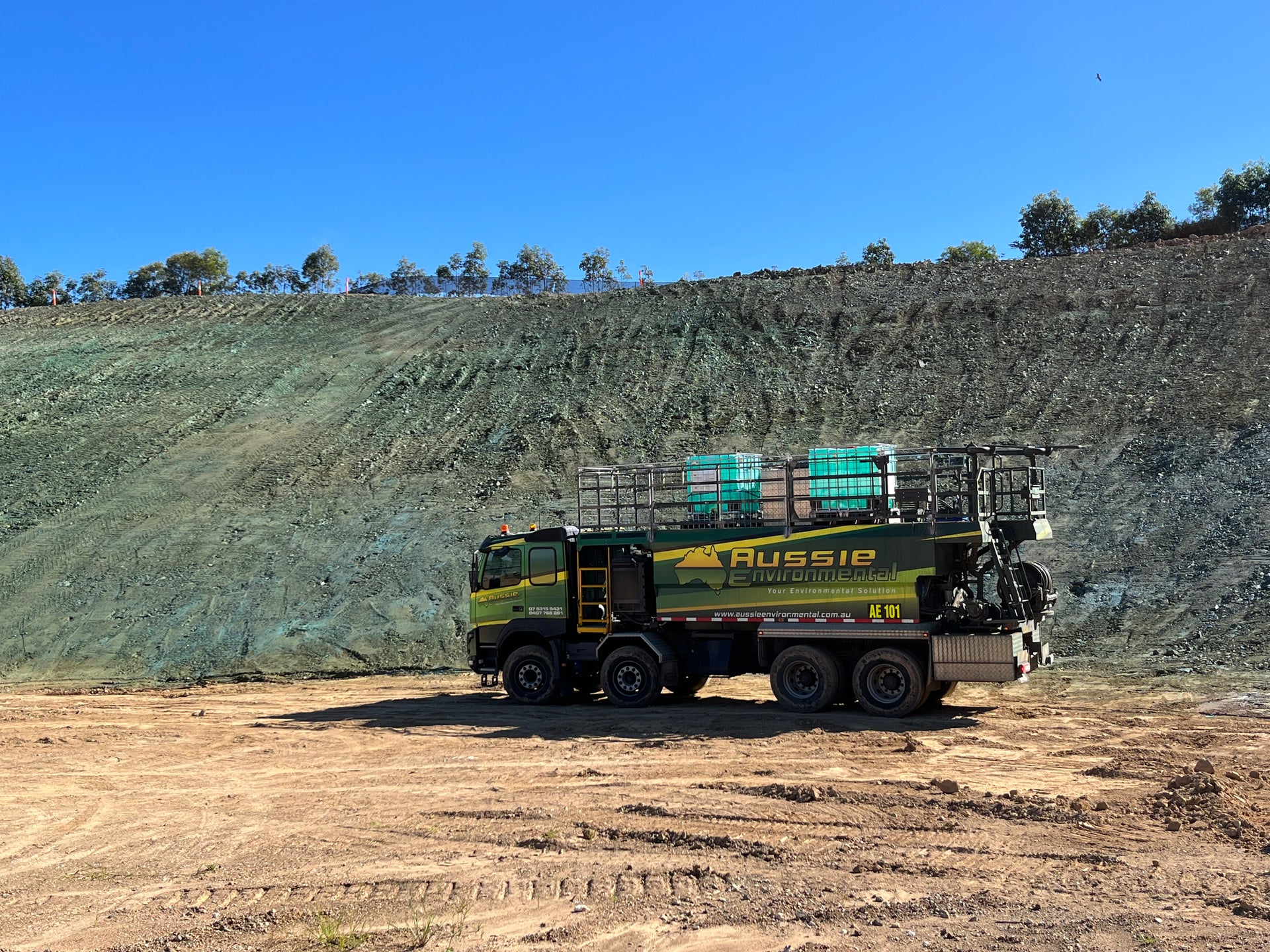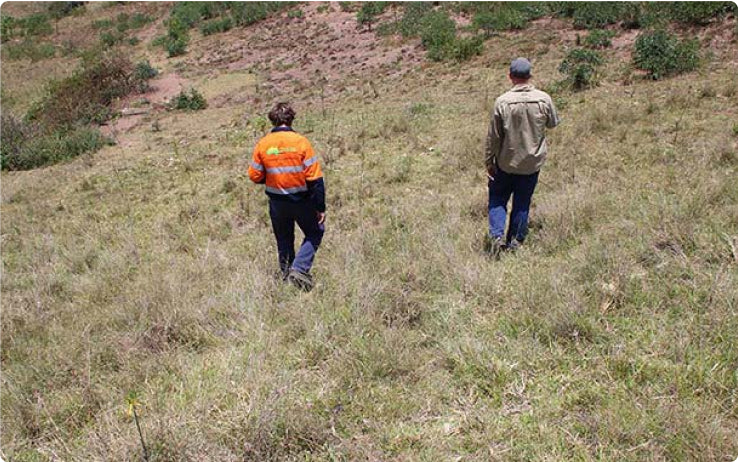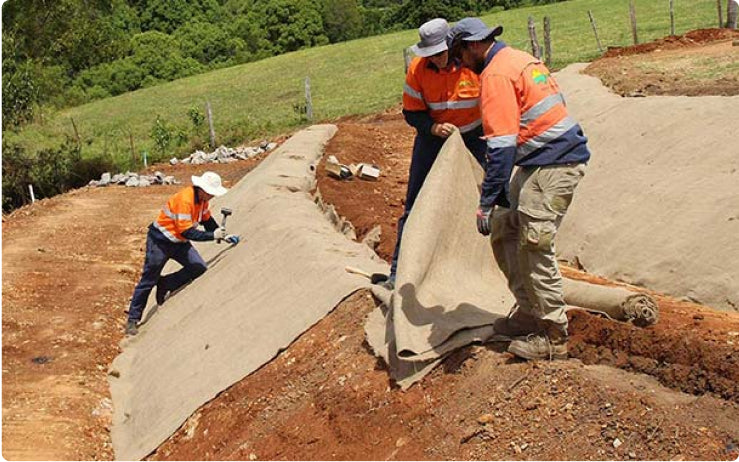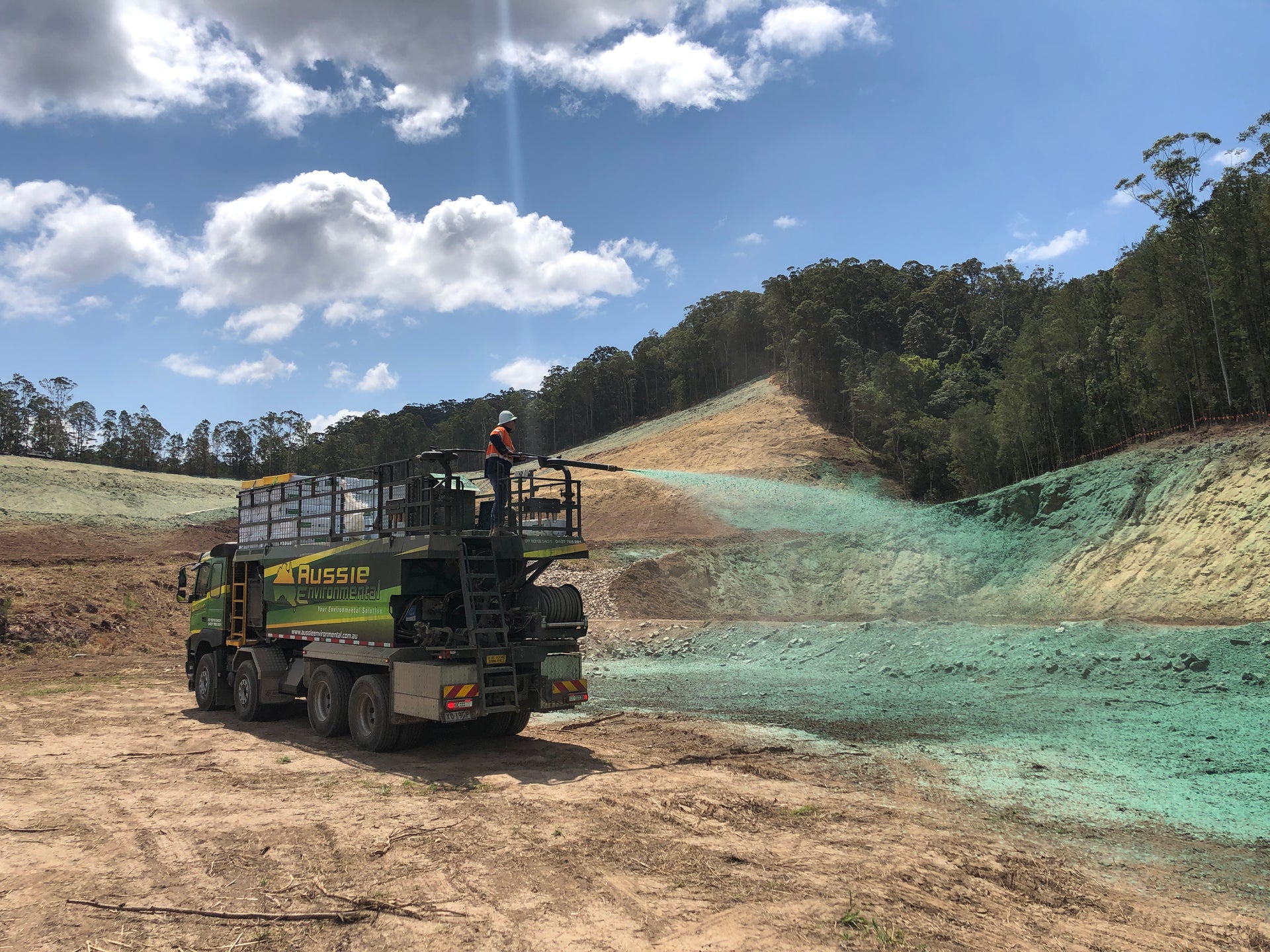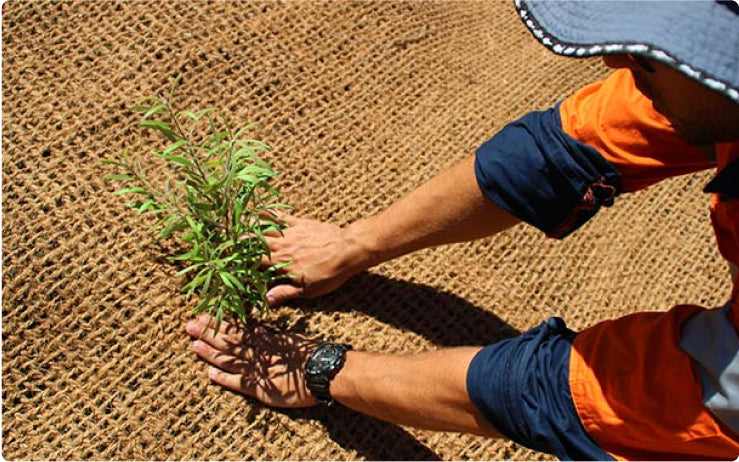Understanding Environmental Compliance for Small Construction Projects in Australia

Construction and development projects across Australia are having to adhere to strict environmental compliance measures, to ensure they meet legal requirements. Builders must keep in-line with the regulations set by federal, state, and local authorities to protect the natural environment by managing stormwater, controlling dust, and much more.
Even small-scale projects that may seem of little to no significance can have major environmental impact if not managed properly. This article aims to help you understand the compliance obligations of Australia so you can pursue your construction projects without facing harsh consequences.
Why Adhering to Environmental Compliance is Important
Australia has a unique and fragile ecosystem and adhering to environmental compliances goes a long way toward protecting it. Construction and development projects must follow the strict environmental laws that are designed to reduce pollution, prevent land and water degradation, and safeguard biodiversity.
By following these regulations builders can avoid costly fines, legal disputes, and project delays while maintaining community trust and reputation. Additionally, these industries are supporting sustainable development by managing waste, erosion, and stormwater responsibly.
Being compliant is more than just a legal obligation, it’s a social and environmental responsibility, that contributes to a healthier community and long-term environmental protection.
The Key Environmental Compliance Requirements for Small Construction Projects and How to Comply with Them
Following the key environmental compliance laws is essential for small construction projects to be performed legally and without delays. Developers are informed of these measures to ensure sustainable practices.
- Erosion and Sediment Control: Soil must be prevented from entering stormwater drains and waterways. This can be avoided by installing silt fences, sediment traps, and stabilising exposed soil with mulch or groundcover.
- Stormwater Management: Stormwater must remain free of pollutants, and this can be achieved by creating direct runoffs through grassed areas or rain gardens, covering stockpiles, and maintaining clean site access points.
- Waste Management: Construction waste should be properly stored, handled, and disposed of. Use clearly labelled bins, separate recyclables, and dispose of hazardous waste at licensed facilities.
- Noise and Vibration Control: The disruption to nearby residents and wildlife should be minimal, so work should be restricted to approved hours only. If possible, use quieter equipment when you can, and maintain machinery regularly.
- Dust and Air Quality Management: Site activities can produce a lot of airborne dust and emissions, which can be hazardous to the environment and health. Minimise this issue by spraying water on dusty surfaces, covering loads during transport, and avoid unnecessary vehicle idling.
- Protection of Flora and Fauna: Native vegetation and habitats should be protected, so prevent damage by fencing off protected areas, and following vegetation clearing permits. If you notice threatened species are present, inform environmental officers immediately.
- Cultural Heritage and Site Protection: Aboriginal heritage sites and culturally significant areas should be treated with respect. Before giving a project the go-ahead, conduct a cultural heritage assessment and stop work immediately if artefacts are discovered.
Be Compliant and Protect the Australian Environment
By following the rules and regulations of environmental compliance you are protecting Australia’s unique landscapes, biodiversity, and communities. Dismissing these measures when executing small construction projects, can cause lasting damage if regulations are ignored.
No matter the size of the development, stormwater, waste, noise and dust, must be managed and natural habitats safeguarded. Contribute positively to Australia’s future and protect its precious natural resources for generations to come.
At Aussie Environmental, we can be your on-hand environmental expert to ensure your project goes smoothly and adheres to the important Governmental regulations. Contact our team here for more information about how we can help.




